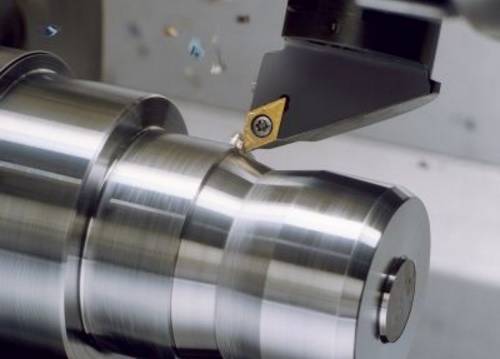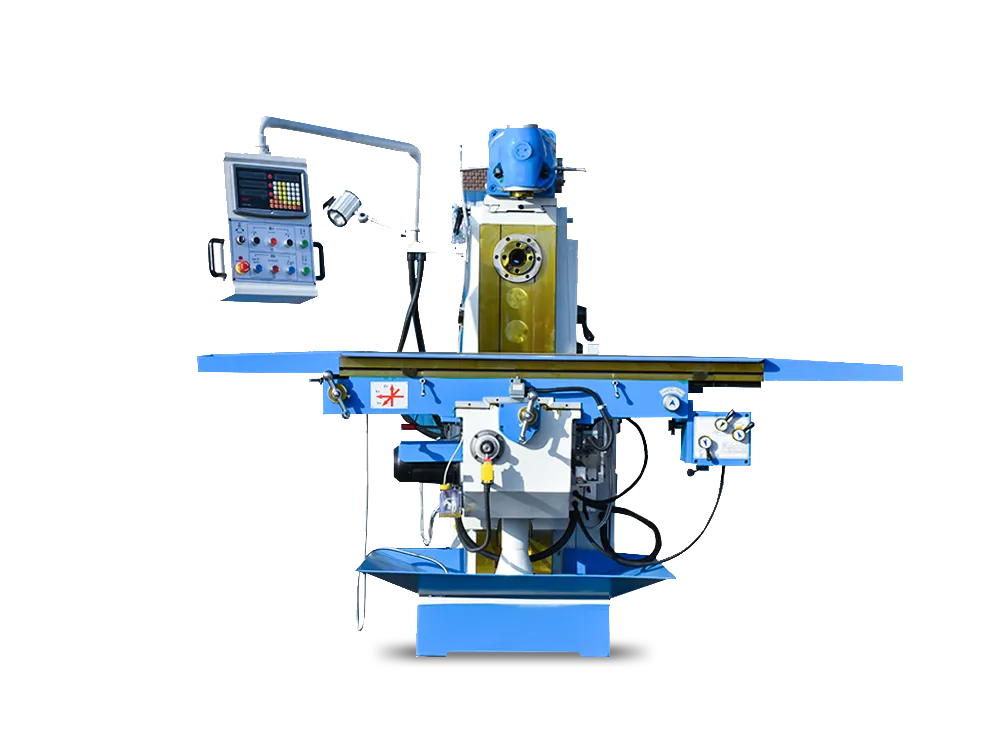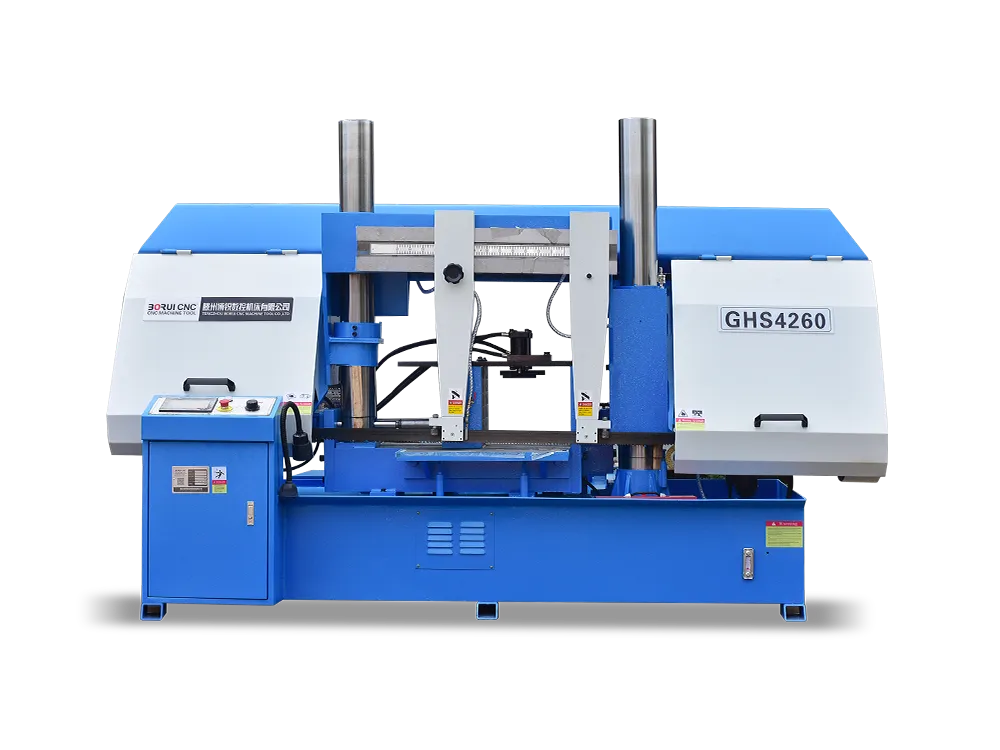Programming skills for large-scale CNC lathe processing
1. The processing sequence of the parts:
(1) Drill first and then flat end (to prevent shrinkage during drilling).
(2) Rough machining first, then finish machining (to ensure the accuracy of the parts).
(3) Machining large tolerances first and then machining small tolerances (to ensure that the surface of small tolerance dimensions is not scratched and to prevent deformation of parts).
2. Select a reasonable speed, feed and depth of cut according to the hardness of the material:
(1) High speed, high feed rate and large depth of cut are selected for carbon steel materials.
(2) Low speed, low feed and small depth of cut are selected for cemented carbide.
(3) Titanium alloys choose low speed, high feed, and small depth of cut.

2.The direct tool setting skills of large CNC lathe processing
Select the center of the right end face of the part as the tool setting point and set it as the zero point. After the machine tool returns to the origin, each tool that needs to be used is set at the zero point of the center of the right end face of the part; when the tool touches the right end face, enter Z0 and click to measure, the tool’s The tool compensation value will automatically record the measured value, which means that the Z-axis tool setting has been completed, and the X tool setting is a trial cutting tool setting. ) Input x20, click Measure, the tool compensation value will automatically record the measured value, and the x-axis is also correct at this time; this tool setting method, even if the machine tool is powered off, the tool setting value will not change after the power is restarted. It is suitable for mass production of the same part for a long time, during which the large CNC lathe does not need to be re-calibrated.

3.The debugging skills of large CNC lathe processing
After the programming of large-scale CNC lathe processing and tool setting adjustment are completed, in order to prevent errors in the program and tool setting errors, resulting in collision accidents, we will first perform idle travel simulation processing to debug the lathe, and face it in the coordinate system of the lathe. The tool is moved to the right by 2-3 times the total length of the part; then start the simulation processing, after the simulation processing is completed, confirm that the program and tool setting are correct, and then start processing the part. Indicates the end of debugging.
4.The processing skills of large CNC lathes
1. Rough machining first, remove excess material from the workpiece, and then finish machining.
2. Vibration should be avoided during processing.
3. Avoid thermal denaturation during workpiece processing.

5. Anti-collision skills for large CNC lathe processing
1. Confirm that the diameter and length of the tool are entered correctly.
2. Confirm that the dimensions of the workpiece and other relevant geometric dimensions are entered correctly.
3. Confirm that the initial position of the workpiece is positioned correctly.
4. Confirm that the workpiece coordinate system of the CNC lathe is set correctly.
5. Confirm that the zero point of the CNC lathe is not reset during processing.
6. Confirm that the retraction sequence of the CNC axis is correct.
These processing skills are only some basic points, and it is necessary to draw inferences from one case, give full play to imagination and hands-on ability to improve their own large-scale CNC lathe processing experience and skills.




